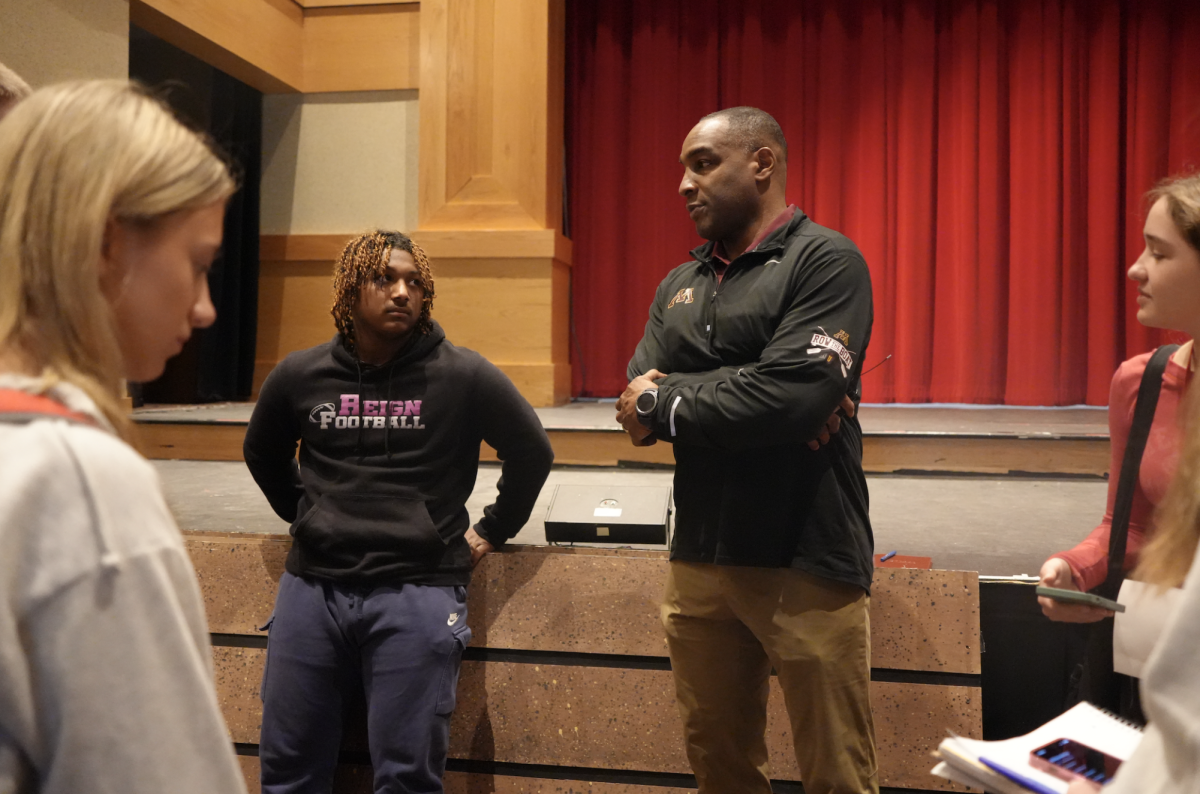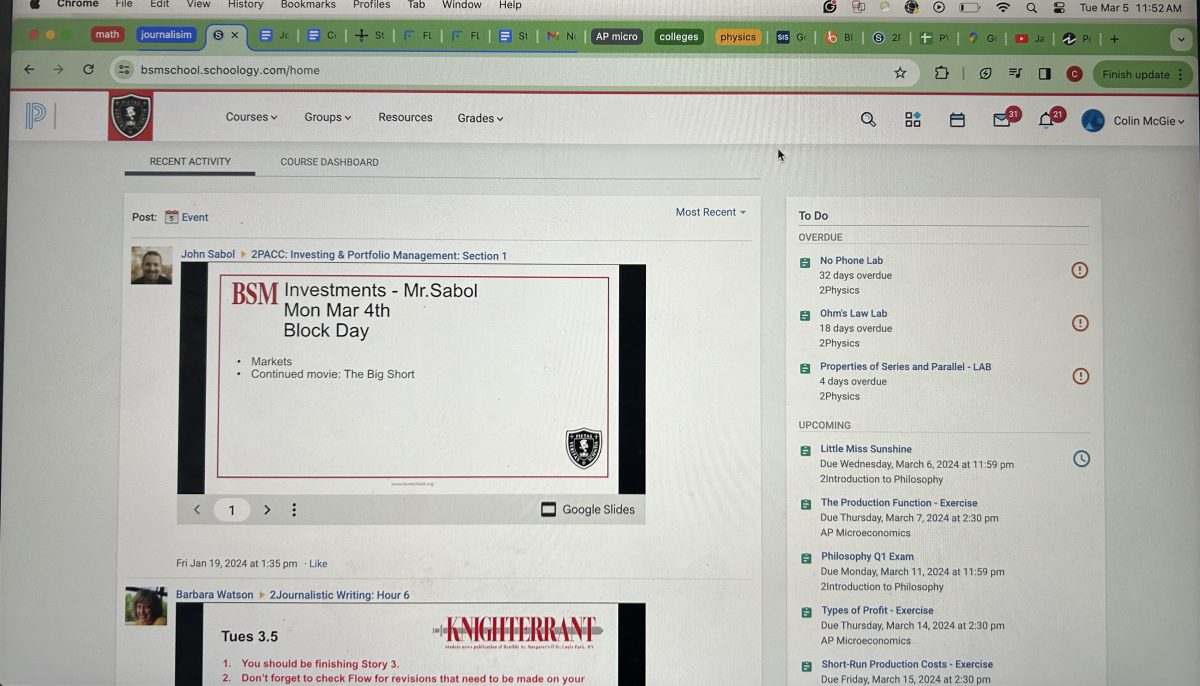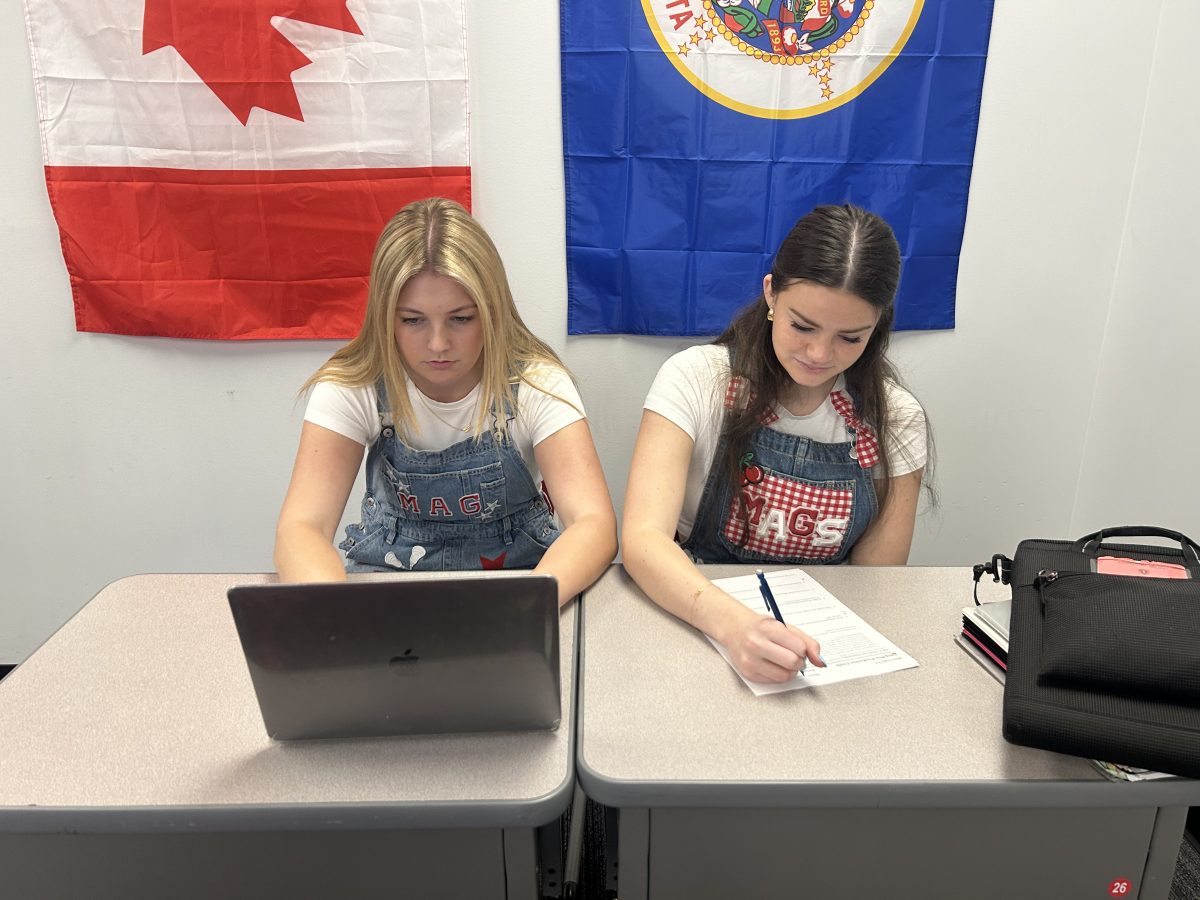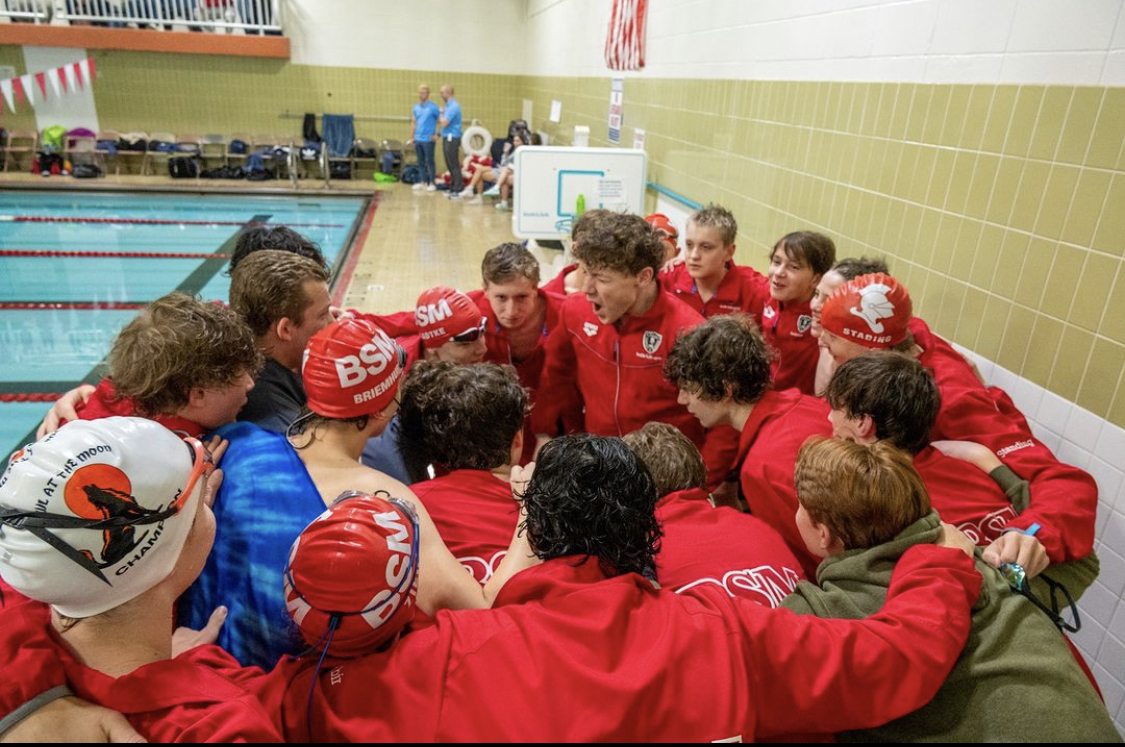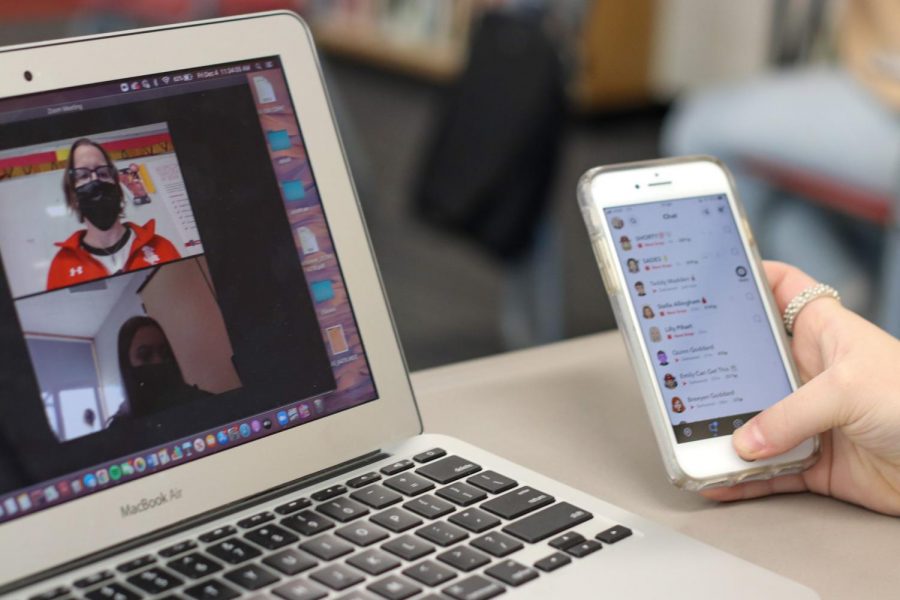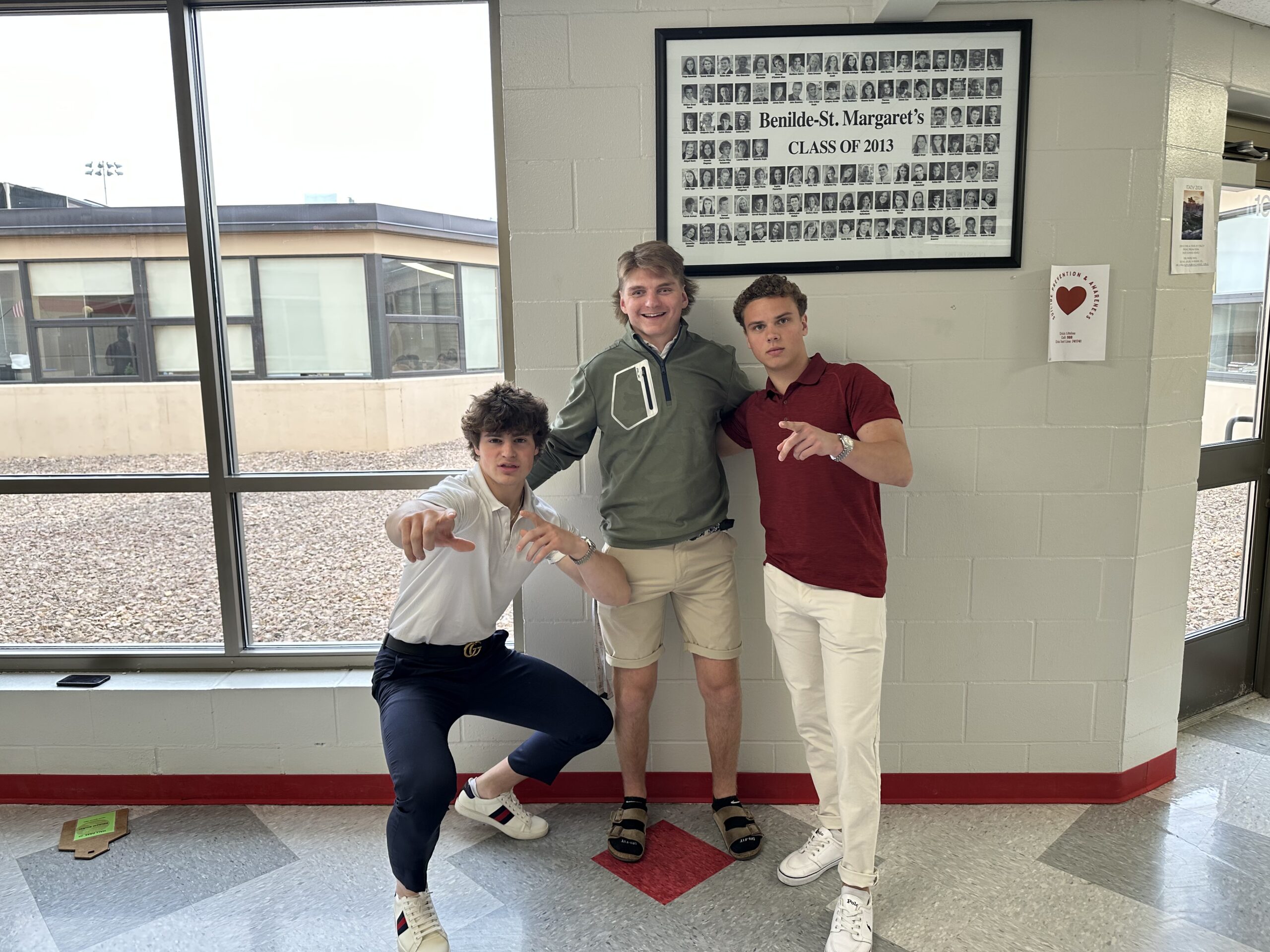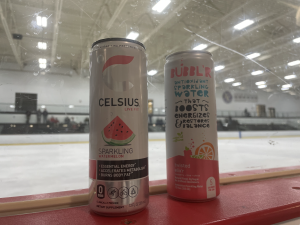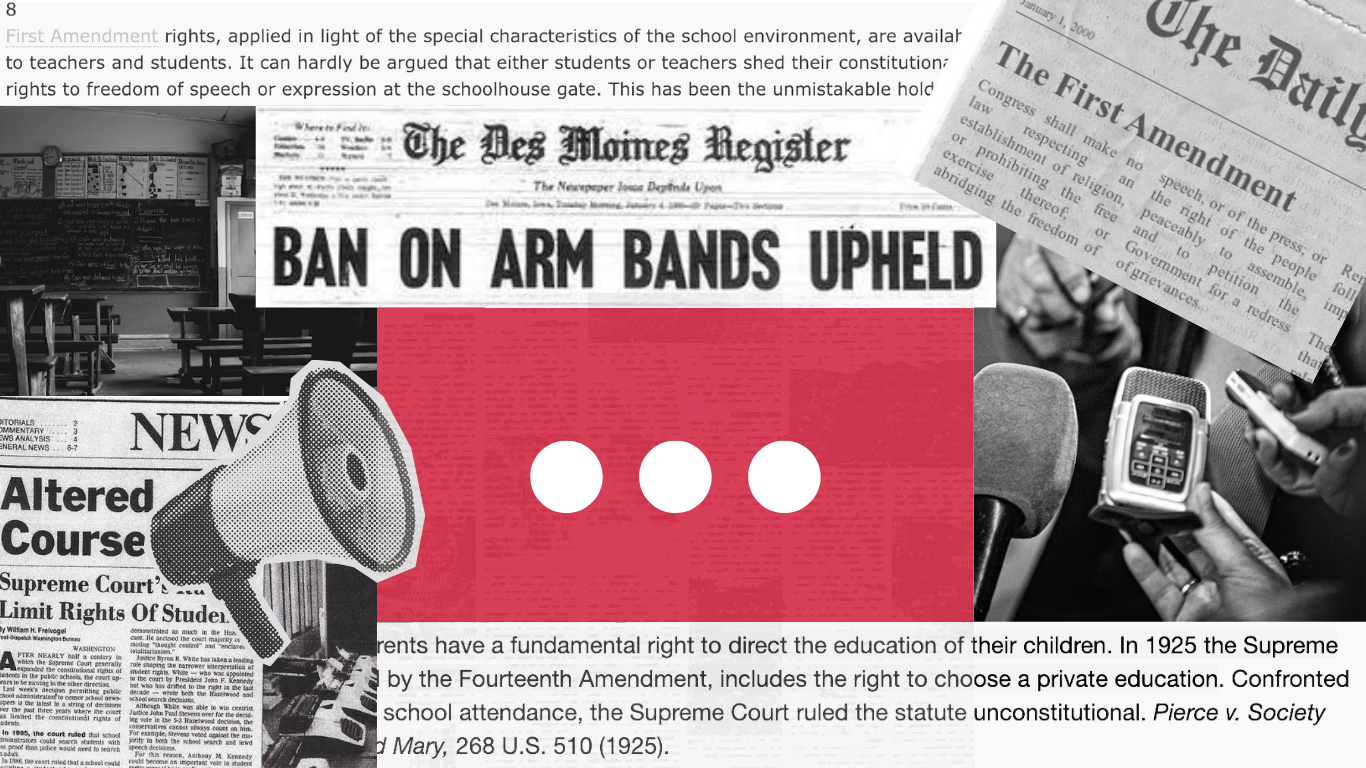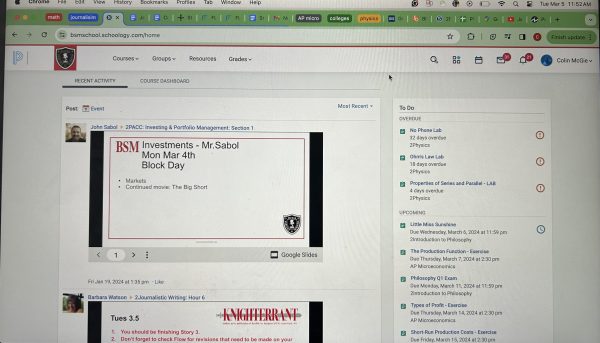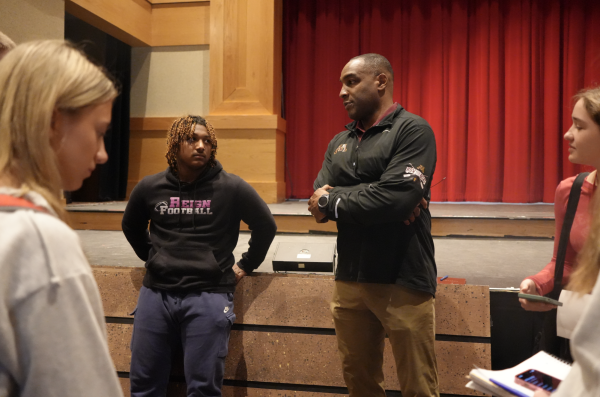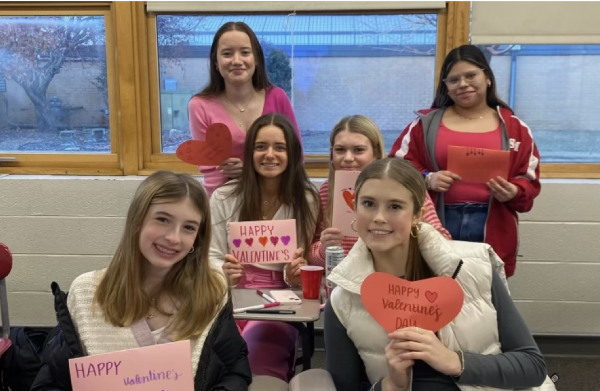Phones Easily Distract Students in Virtual Class
A student opens Snapchat during a private meeting with a teacher.
December 18, 2020
Online school brings many new challenges to the teachers and the students. With students learning from home, the distractions increase. According to a survey of 85 students, 75% of them said they do go on their phone during online school. When asked about what app they use most, 28% said Snapchat, 11% said Instagram. But leading, with 29%, was TikTok.
According to the same survey, 11% of students said the only time they are on their phone during class is when they already know what is going on or if it is review time, and 23% students said they go on their phone for at least 30 minutes regardless of what is happening. Maliah Jaiteh, a BSM senior, has found herself on her phone more often during the day. “My friends and I have started a very bad habit of Facetiming and playing Uno during class,” Jaiteh said.
However long students claim they are on their phones, it’s longer than it would be if students were present in school. When students are in person, only 24% of them use their phone. Not every student uses their phone all the time; many don’t go on their phones unless they need to. “I don’t go on my phone much during the day. If I do, it is to scan documents using the app, or if I get to school early I text my friends,” Grniet said.
In virtual school, students have the ability to look up answers and cheat more easily than normal. Phones can also be a constant distraction. The easy access to phones when students are at home leads to less focus during class. Some students have started turning off their phone to stop it from distracting them. “I had to start turning it off because my attention span has gotten significantly worse,” Jaiteh said.
It is not easy to catch students on their phones. Students can now hide their phone out of view of the screen and go on it as long as they want without the teacher’s knowledge. “Unless it is obvious (i.e., in the frame of the camera), I cannot tell whether students are on their phone when they are Zooming in to class. I may suspect it, but I can’t know for sure,” science teacher Ms. Lisa Bargas said.
Everyone is reacting to the use of phones differently, but Bargas is only focusing on what she can control: phone usage when students are in school. “I can’t control it, so I’m not going to fret about it. Now, phones in school are a different story… that I can control… they go straight to Mrs. Jacobson,” Bargas said.


